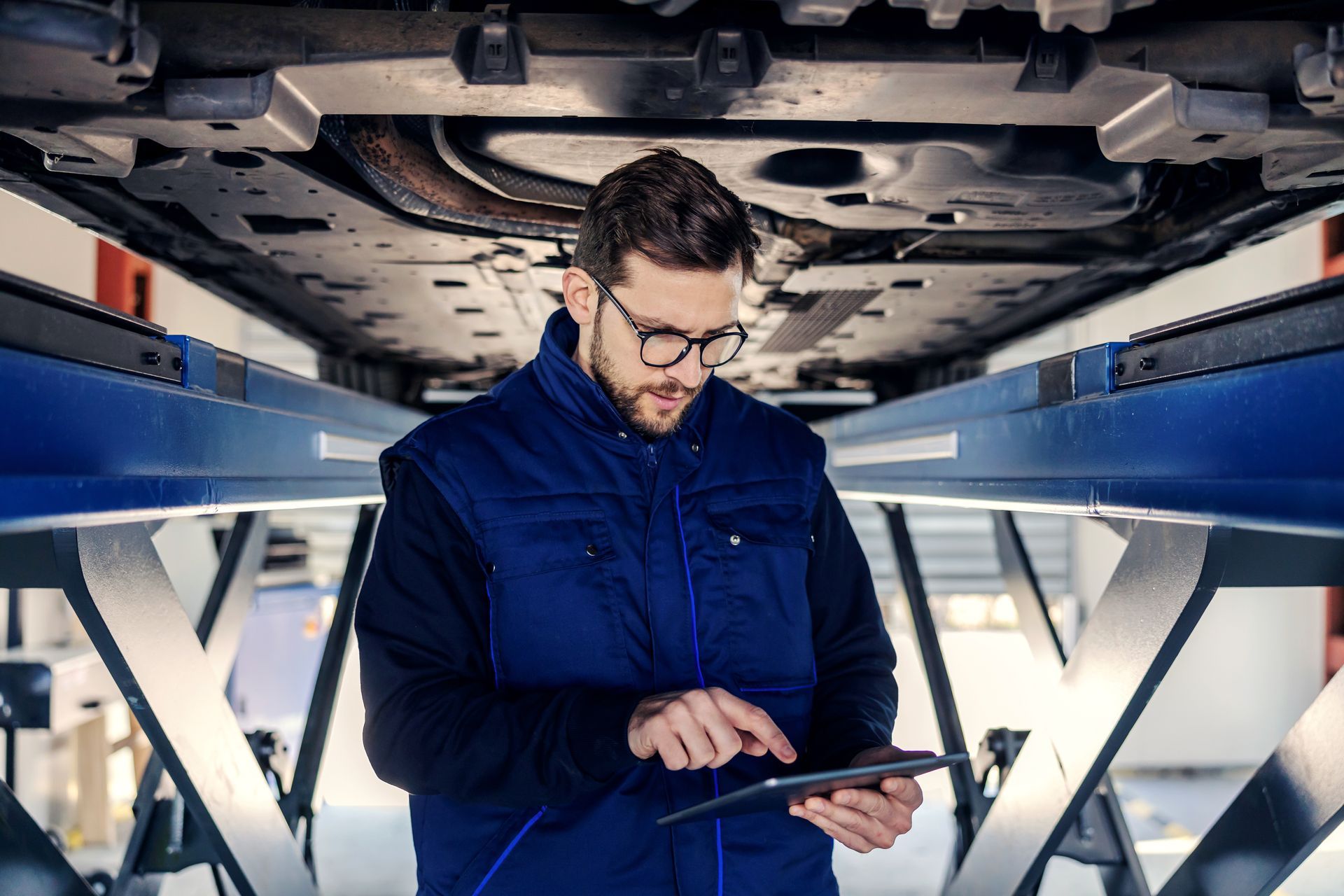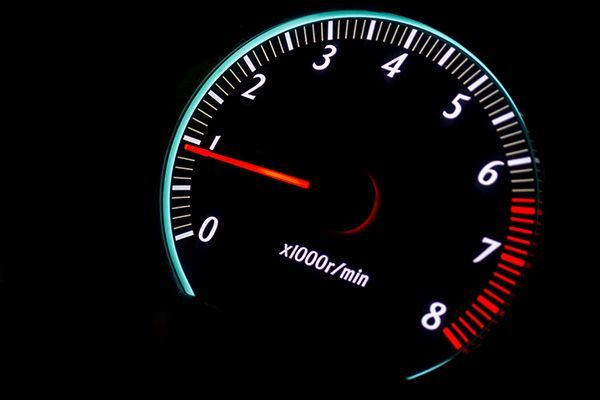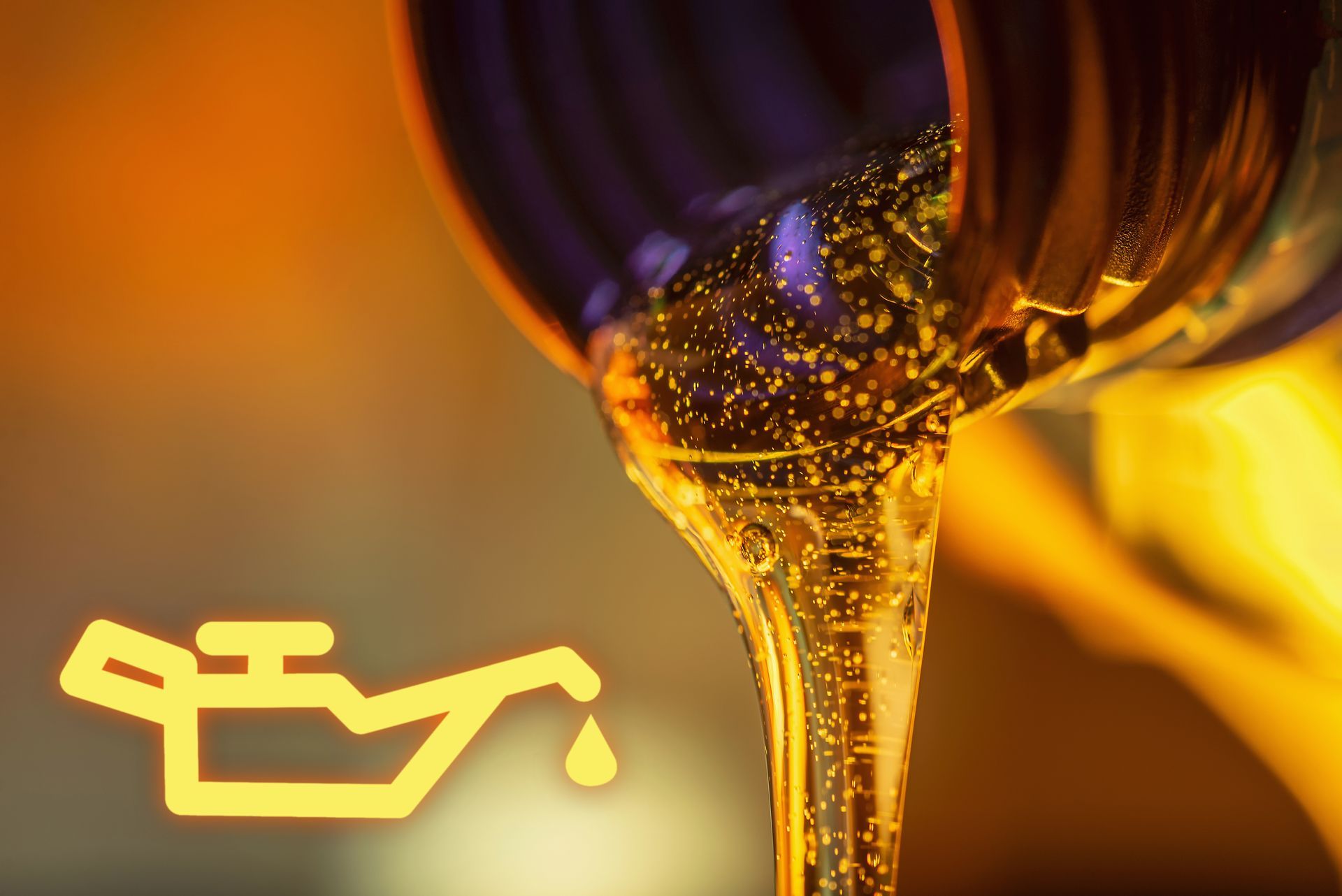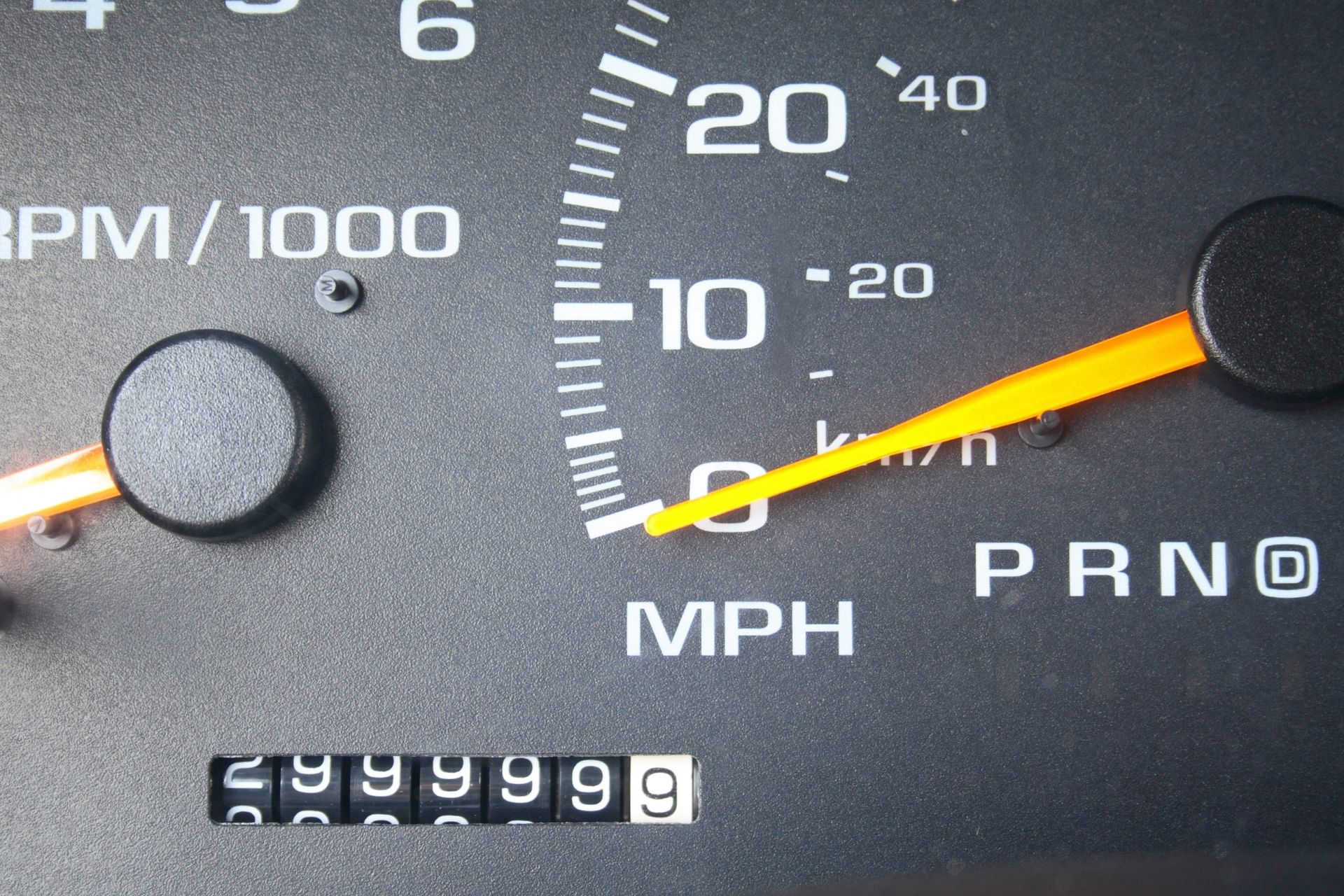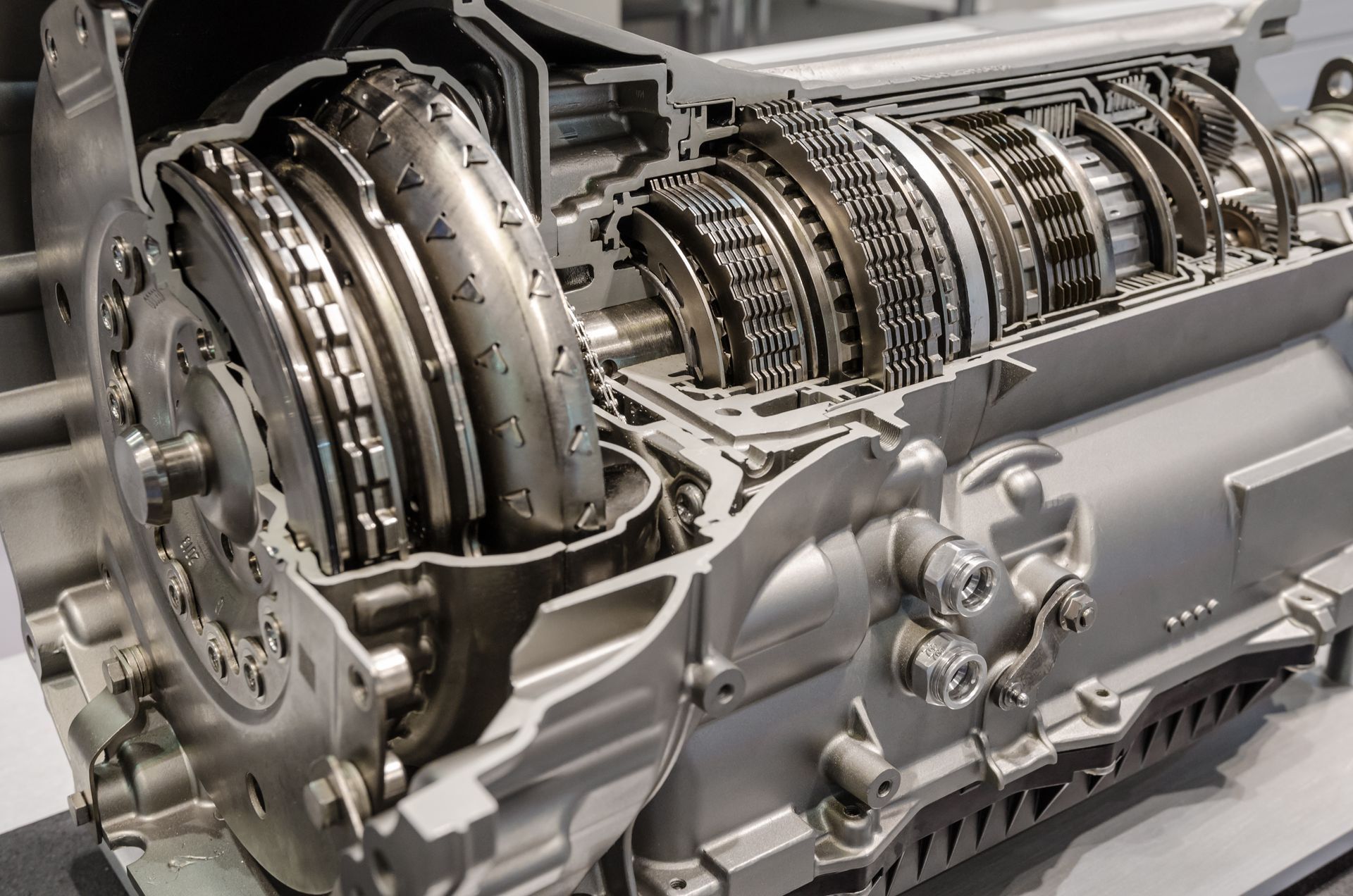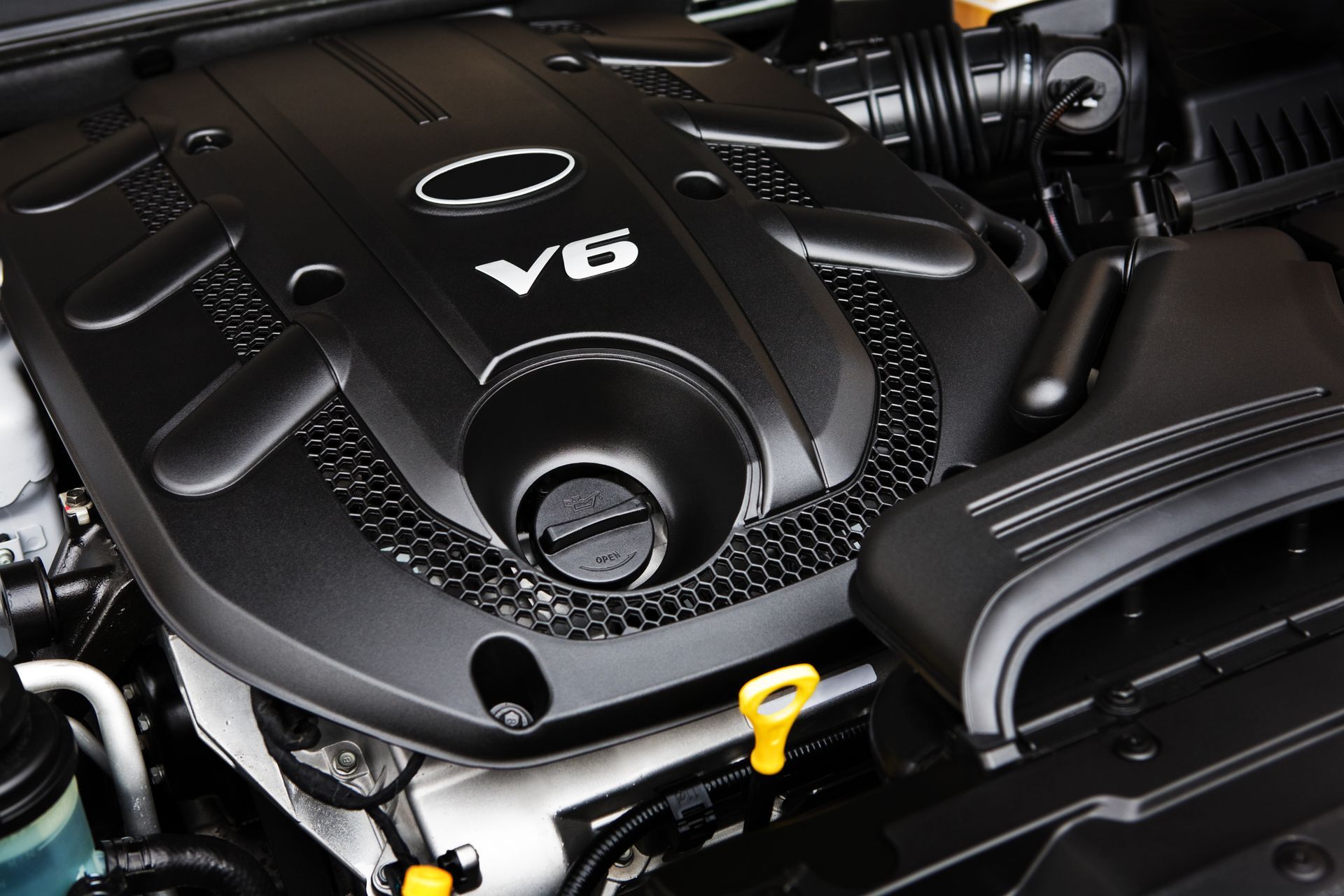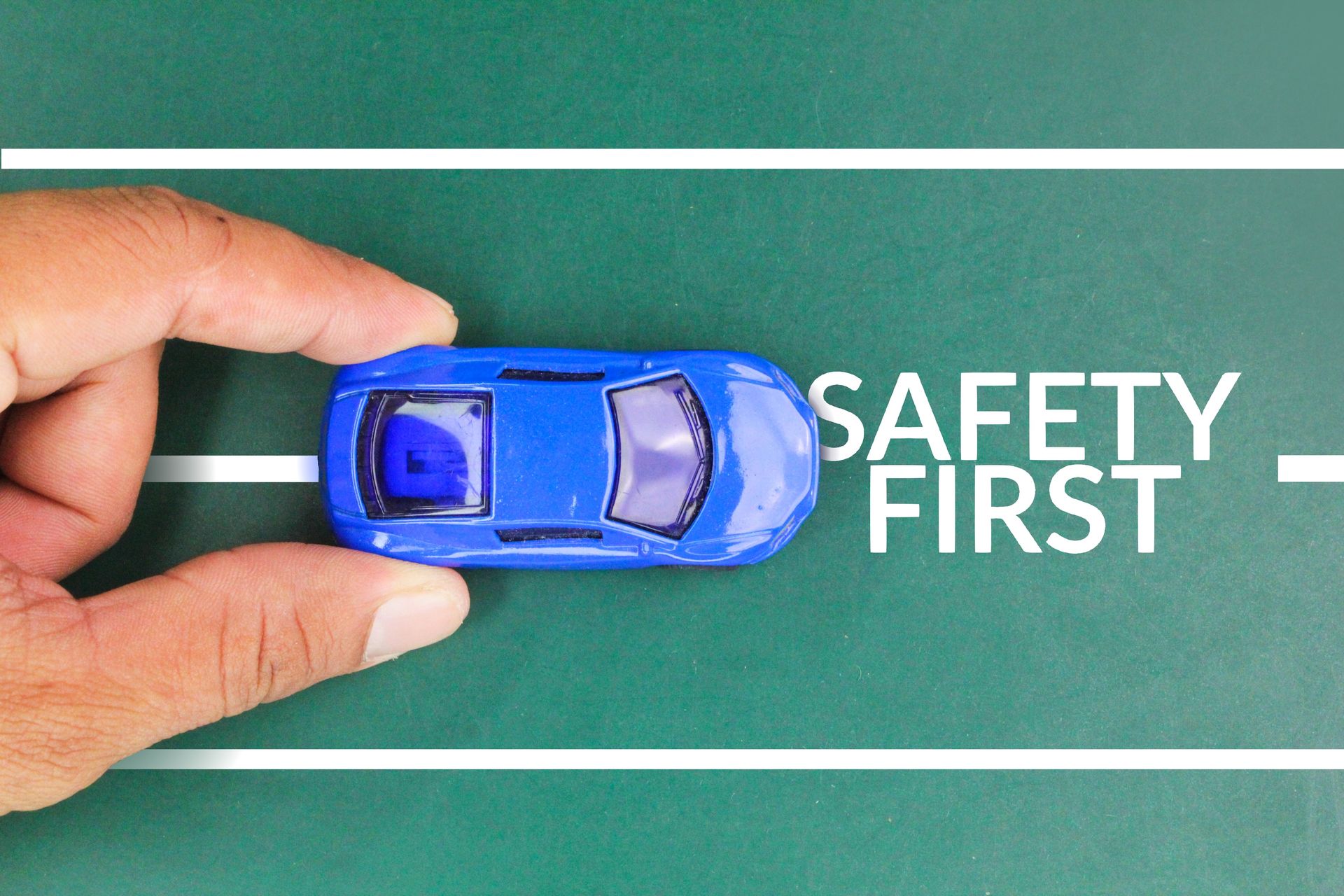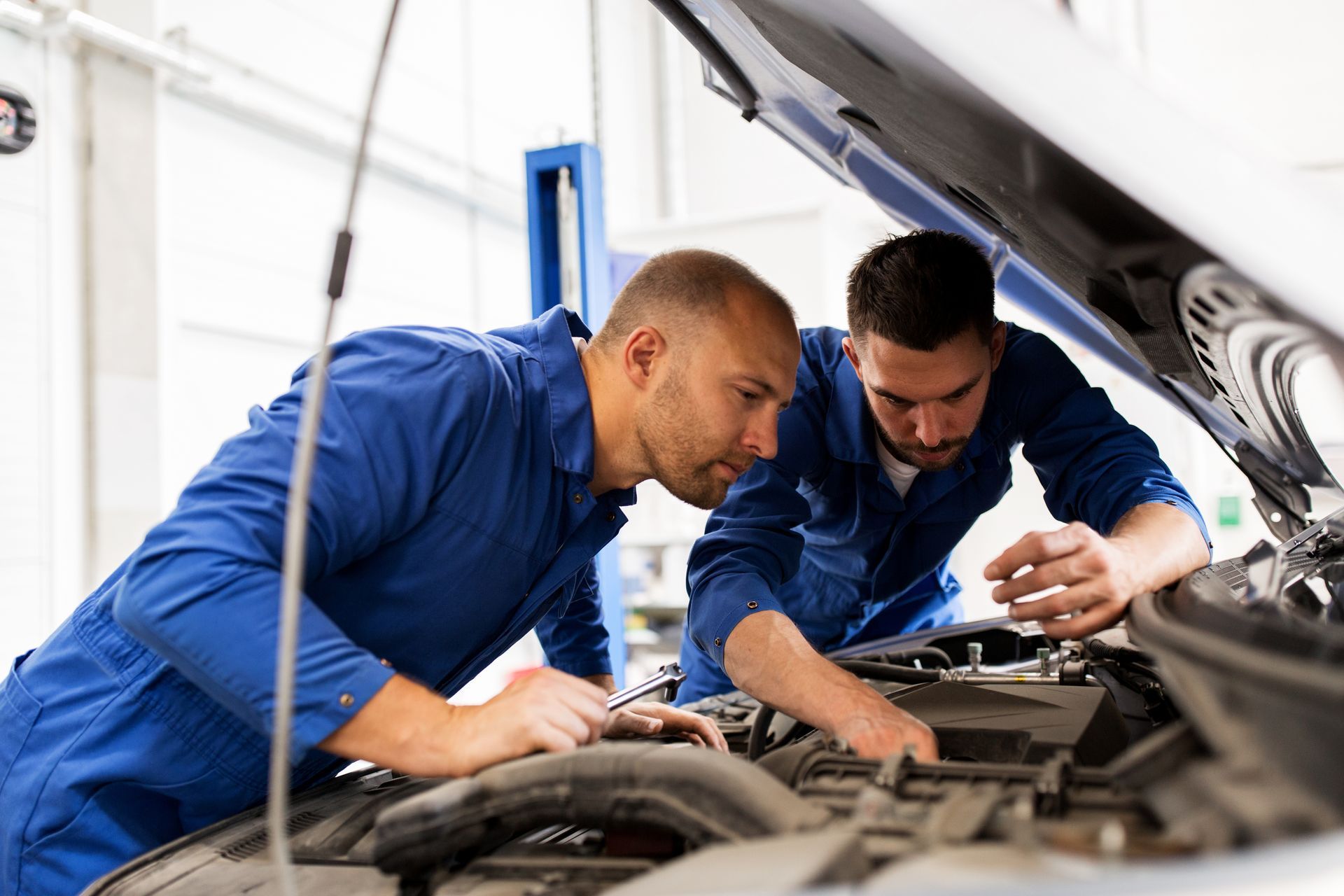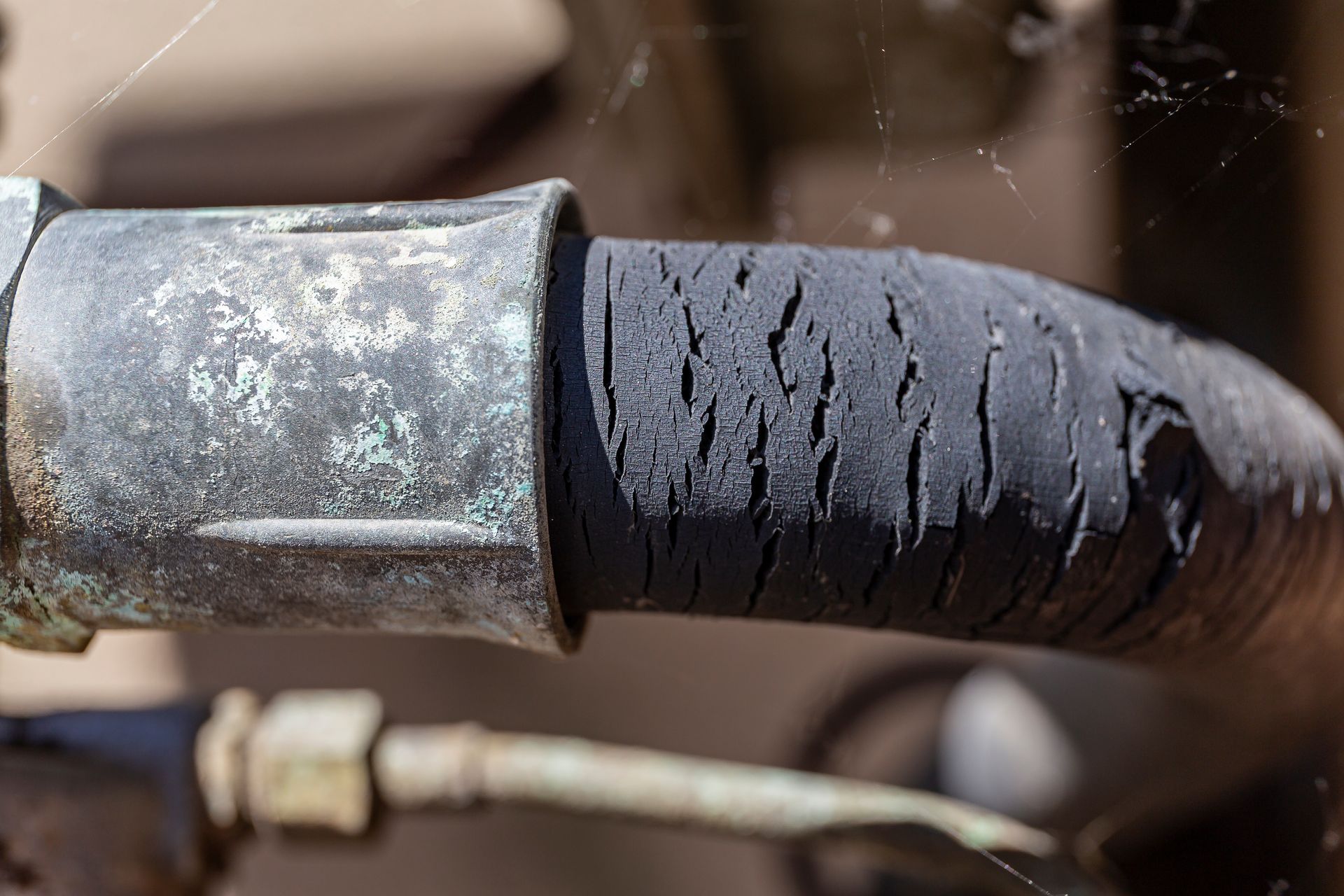When heavy rain hits or snow starts to melt, it’s common to see large puddles forming on roads. While splashing through them might feel fun or harmless, driving through puddles can cause serious problems for your vehicle, some of which may not become apparent until later. Let’s break down why driving through puddles isn’t as innocent as it seems and how it can affect your car’s health.
What Happens When You Drive Through a Puddle
Driving through standing water can have immediate and long-term impacts on your vehicle. Even a seemingly shallow puddle can hide hazards or cause water to splash up into sensitive components.
The force of water can affect your brakes, engine, electrical systems, and tires. In deeper puddles, there’s also the risk of hydroplaning or even stalling if water enters the engine.
Risk of Hydroplaning
One of the biggest immediate dangers is hydroplaning. This occurs when your tires lose contact with the road surface and ride on a thin layer of water instead.
When this happens, you lose steering and braking control, increasing the chance of an accident. The risk of hydroplaning is higher if your tires are worn or underinflated.
Damage to the Engine
If water gets sucked into your engine’s air intake, it can cause what’s known as hydrolock. Unlike air, water cannot be compressed, and when it enters the engine cylinders, it can cause severe internal damage.
Hydrolock often results in bent or broken connecting rods and may necessitate a costly engine rebuild or replacement. Even a small amount of water can create big problems if it enters where it shouldn’t.
Electrical System Problems
Modern vehicles rely heavily on electronics, with sensors, wiring, and control modules positioned throughout the car. Driving through puddles can splash water into these systems, potentially causing shorts, corrosion, or sensor failures.
Electrical issues can manifest as warning lights on the dashboard, problems with starting the engine, or erratic performance of other electronic components.
Brake Performance Issues
After driving through water, your brakes may feel less responsive. Wet brake pads and rotors don’t provide the same friction, which can temporarily increase stopping distances.
If you suspect your brakes got wet, lightly pressing them while driving at a safe speed can help dry them out and restore normal function more quickly.
Hidden Road Hazards
Puddles can conceal deep potholes, sharp debris, or uneven surfaces that can damage your suspension, tires, or wheels. What looks like a harmless puddle might actually be a deep hole capable of bending rims or knocking your wheels out of alignment.
Wheel and Tire Damage
Sudden impacts from hitting unseen potholes under puddles can cause tire bulges, sidewall damage, or bent rims. Over time, these problems can lead to vibrations, uneven tire wear, or even sudden tire failure.
How to Minimize Risk When Driving Through Puddles
While it’s best to avoid puddles altogether, if you must drive through them, take the following precautions:
Slow down before entering to reduce splash force and maintain better traction.
Drive straight and avoid sudden steering changes to minimize the risk of hydroplaning.
Test your brakes gently afterward to ensure they’re functioning properly.
Prevention and Maintenance
After driving through deep water, it’s wise to have your vehicle inspected for hidden damage. Checking your brakes, suspension, engine air filter, and undercarriage can help catch any problems early.
Routine inspections and maintenance help ensure your vehicle stays in top shape and prevent small issues from becoming major repairs.
Stay Safe with Gerry’s Service in East Amherst, NY
Driving through puddles might seem like no big deal, but it can put your vehicle at risk in more ways than you might expect. At Gerry’s Service in East Amherst, NY, our expert technicians can thoroughly inspect your vehicle for water-related damage and ensure everything is functioning properly. Whether you’ve recently splashed through deep water or want a seasonal check-up, we’re here to help.
Schedule your inspection today and keep your vehicle safe and reliable, rain or shine.

